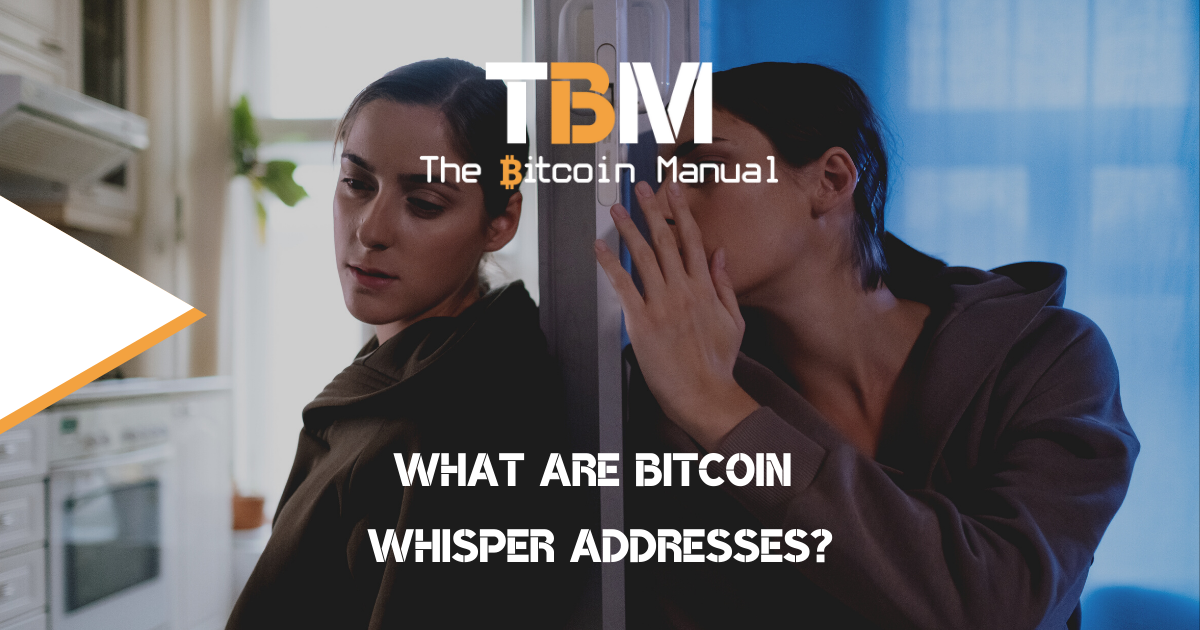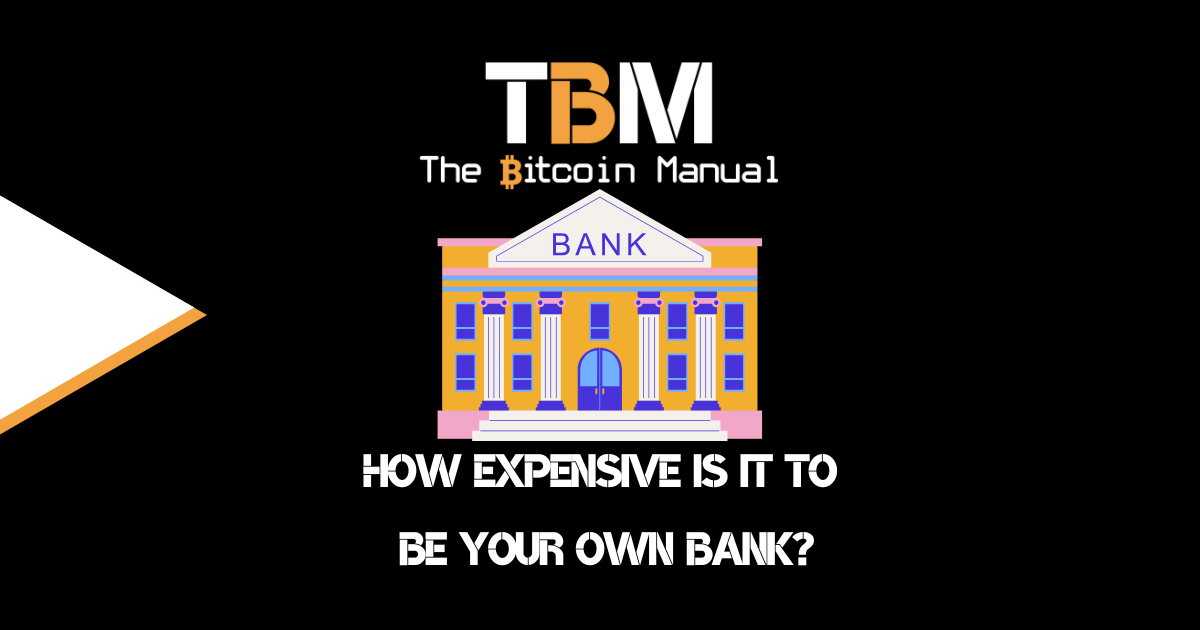The bitcoin blockchain’s pseudo-anonymous nature and how we move between fiat on-ramps or off-ramps or link public addresses to online identities can make it hard to maintain privacy when using the chain. We’ve seen how these privacy limitations can affect the ability of bitcoin to reach specific people or causes.
As governments and financial institutions continue to infringe on our rights to move value around without the need for oversight and permission, we need more privacy tools as we push for privacy by default.
Finding alternative solutions for privacy
The call to improve privacy has seen new protocols and implementations roll out on bitcoin. We see work being done on services such as CoinJoin, PayJoin, CoinSwaps, Stealth Addresses and now Whisper Addresses.
What are whisper addresses?
A whisper address is a bitcoin address that are created using point addition by two or more people working together. When you create a whisper address, only one of those people can withdraw money from the whisper address, and exchanges or governments can’t know who it is because of the way the public key is generated.
Whisper addresses use point addition to take two or more public keys and add them together to get a new pubic key — known as the whisper address.
To access the funds in the whisper address and retrieve the whisper address’s private key is to add together all the original private keys. The money “senders” and the recipient create the whisper address, and the senders give their private keys to the money recipient.
Launch of whisper addresses
At a #SATSx Hackathon Whisper Village – Chris, Kiki, & Super Testnet spun out this idea about Whisper Addresses. You can check out the video of their presentation below.
Whisper addresses are bitcoin addresses that are generated by means of point addition. Point addition will be described in a moment, first I want to share the “why.”
Imagine you want to create a website to help protesters receive bitcoin in a country where protesting is illegal. You might create a spreadsheet that has the names of some of the protest leaders and their bitcoin addresses, then put that spreadsheet online so that people can find it easily and make their donations. One of the problems with that approach is that the donors aren’t the only people who will see that page. The country’s authorities could find the site too and order exchanges in their country to blacklist those addresses — “if they try to cash out that bitcoin, confiscate it!”
This is where whisper addresses are helpful. Whisper addresses allow you to put something called a “linking key” into the field where a bitcoin address would go. Linking keys allow each visitor to your site to generate a bitcoin address that “belongs to” the person who created the linking key. Each visitor will generate a “whisper” bitcoin address which no one can associate with the linking key except the person who generated it and the recipient of the money.
Each whisper address will start out empty. If the police visit the site, they will see an address that no one has ever seen before and which will likely never be seen again after the police leave the site. They can blacklist that address, but there’s no money in it so it’s no big deal. Each “legit” visitor will also generate a whisper address that belongs to the intended recipient.
These whisper addresses will also be things that were never seen before, and therefore they are not on the police’s blacklist. If the user sends money to it, they can also send some data to the intended recipient that allows them to find the address on the blockchain and withdraw the money in it to their regular wallet.
In short, the “why” of whisper addresses is censorship resistance. Whisper addresses are unique for each visitor to the site, cannot be associated with the recipient, and cannot be blacklisted by exchanges.
Super Testnet explaining why he made Whisper Addresses
Taking whisper addresses for a test drive
Super Testnet just invented Whisper Addresses for #Bitcoin and it’s live on main net. 🤯https://t.co/lxuRuMUqf8 pic.twitter.com/VjaYLCC4PS
— Pleb Lab_ (@PlebLab) March 25, 2022
How to use a whisper address
Visit the Whisper Address website here.
First, send some bitcoins to the bitcoin address, then — without refreshing the page, send the recipient the whisper key. If you refresh the page after you sent the bitcoins, but before you sent the whisper key, the bitcoins will be lost forever, and the recipient will never recover them or will you be able to recover them, and that bitcoin will be locked in limbo.
The button below will let you quickly send an email to the recipient with his whisper key. Do not click it until after you send the money.
Always make sure the whisper key in the email matches the whisper key under the bitcoin address.
Note: Refreshing this page is very dangerous. Every time you refresh, the bitcoin address will change along with the corresponding whisper key to that address. If you haven’t sent out the whisper key and you refresh, you will never see the whisper key again, and the bitcoins will be lost forever.
Warning: A word to the wise
Do not use these services unless you are comfortable with advanced cryptography, and don’t submit any transactions to the bitcoin blockchain if you are unsure of your implementation. You will lose your money if you don’t follow these instructions strictly.
The bitcoin address used in the whisper address is a private type of bitcoin address. When using the service, the recipient will not receive the money unless you email him a secret key known as the whisper key, which is displayed below the address.
Using email to pass over keys is also not the most secure method of communication. If this method persists, it will require alternative ways of providing access to the key to the whisper address.
While it’s always great to have more options for bitcoiners to use, we need to factor in all risks involved in every method and for many, whisper addresses would carry too much risk of user error and they may want to opt for something a lot easier like BIP-47 known as Reusable payment codes.




